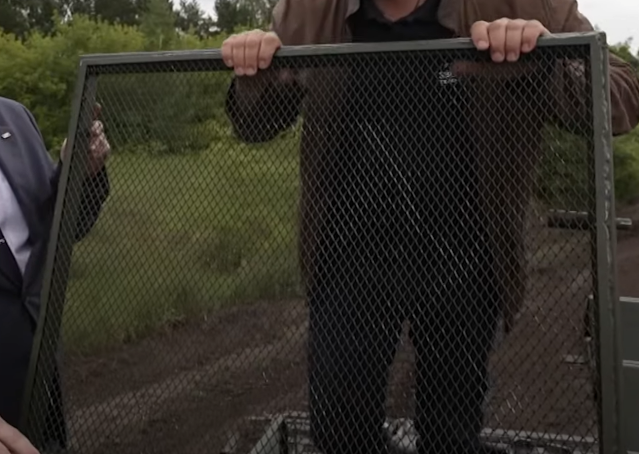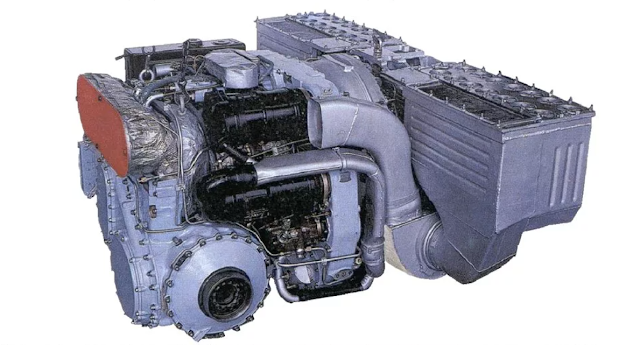Continuation of the T-80BVM saga
Earlier this year I covered the implementation of a variety of new things on batches of newly made T-80BVM tanks. A new Combat Approved - "Военная Приёмка" episode dedicated towards the T-80BVM has provided further footage, which expands on some previously covered topics centred around the tank.
 |
| Close-up view of the gabled plates |
Furthermore, the episode showcases how the new Sosna-U housing works. The moving parts and how the sight swings open have been covered in this blog post (New T-80BVM modernization Sosna-U housing close-up). What is rather interesting is how the hinges can be actuated using an electric magnetic lock, which shifts a locking lug and opens the sight using spring-loaded hinges. It is rather unpleasant seeing how brutal the opening motion is since the shutters lack any shock absorbers or dampeners to slow down the motion.
Additionally, it can be observed that during the entire episode, different T-80BVM tanks can be found. This can be done by distinguishing the different sights present on the tanks. Standard pre-conflict T-80BVM tanks use Sosna-U paired with TV-based backup sights. Alongside comes the new so-called T-80BVM "Updated", which comes with pretty much the same kit as the pre-conflict BVM but with a new roof cage, "Volnorez" electronic spoofing devices against drones and Sosna-U multi-channel thermal imaging sight replaced with the 1PN96MT auxiliary sight.
This variety is not standard since there has been footage where certain T-80BVM batches came with 1G46 main sights paired with either Sosna-U (blog article: New Omsktransmash T-80BVM modernization batch) or 1PN96MT auxiliary thermal imaging sights. It is interesting how no T-80BVM has appeared with a combination of 1PN96MT and a TV-based auxiliary sight. This is probably because the 1PN96MT sight is not good enough to be used as a standalone system and has to be paired with a proper FCS + main tank sight to function properly.
Lastly, the episode showcased the new ERA package, which replaced the old soft-bag version with steel containers. Blog article covering new containers. A representative during the episode stated that the results of the soft-bag ERA were unsatisfactory due to them ripping when a vehicle would drive through trees. It is emphasized that the new design improves on the previous mistakes, followed by a live demonstration of the vehicle driving through a small birch forest. Sadly they do not show how the trees come in contact with the new containers and it is difficult to assess whether the containers could get bent, depending on the thickness of the steel.
Generally speaking, the episode doesn't reveal much of anything apart from providing some nice close-up footage. On another note, the general director of UralVagonZavod claims that there is a request made by the army to restart the production of new T-80 tanks. It is not clear whether to refurbish, retrofit or make new tanks from 0. But such news is worth covering when it becomes reality.
Original video: TV Zvezda YT






Comments
Post a Comment